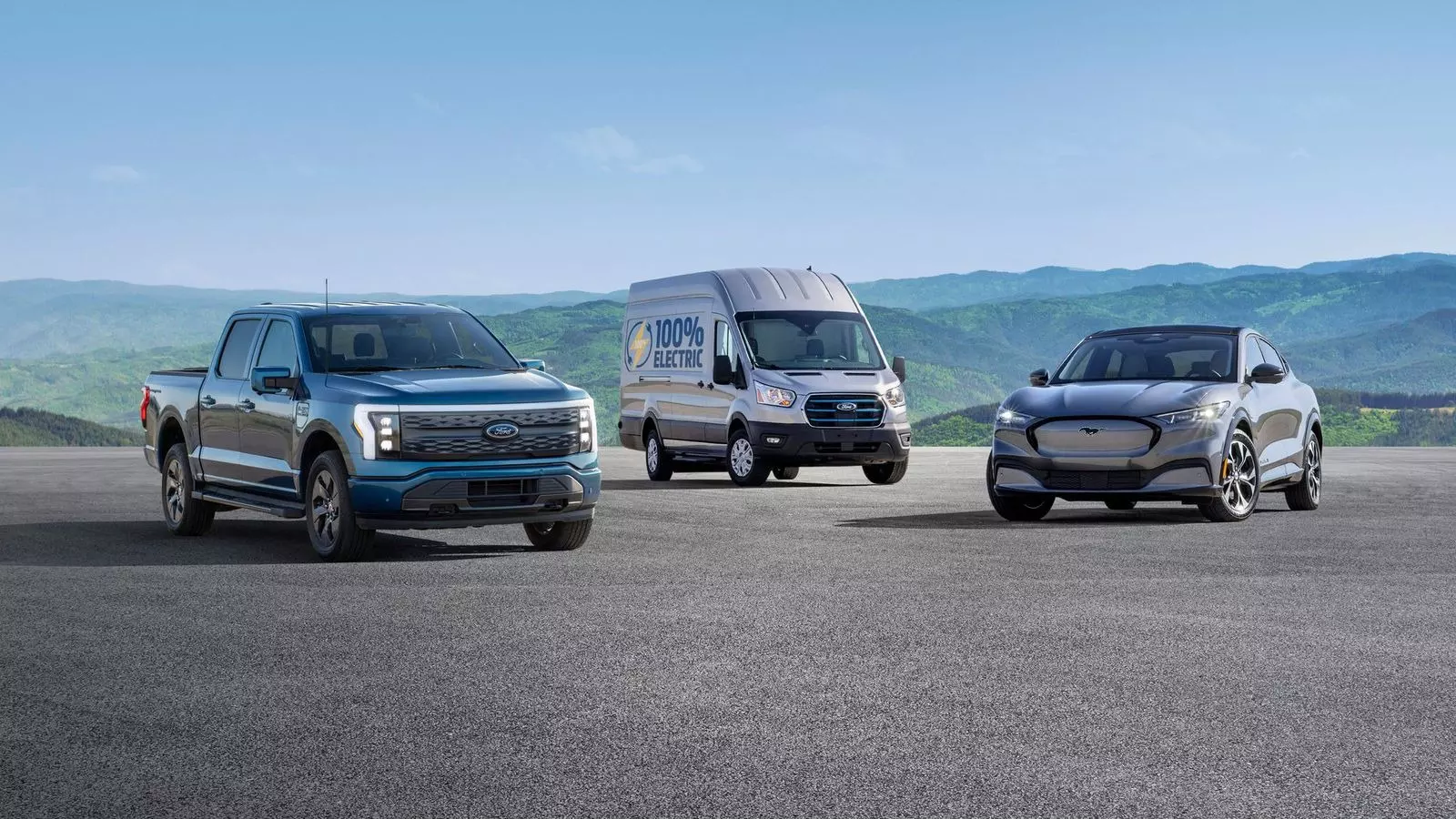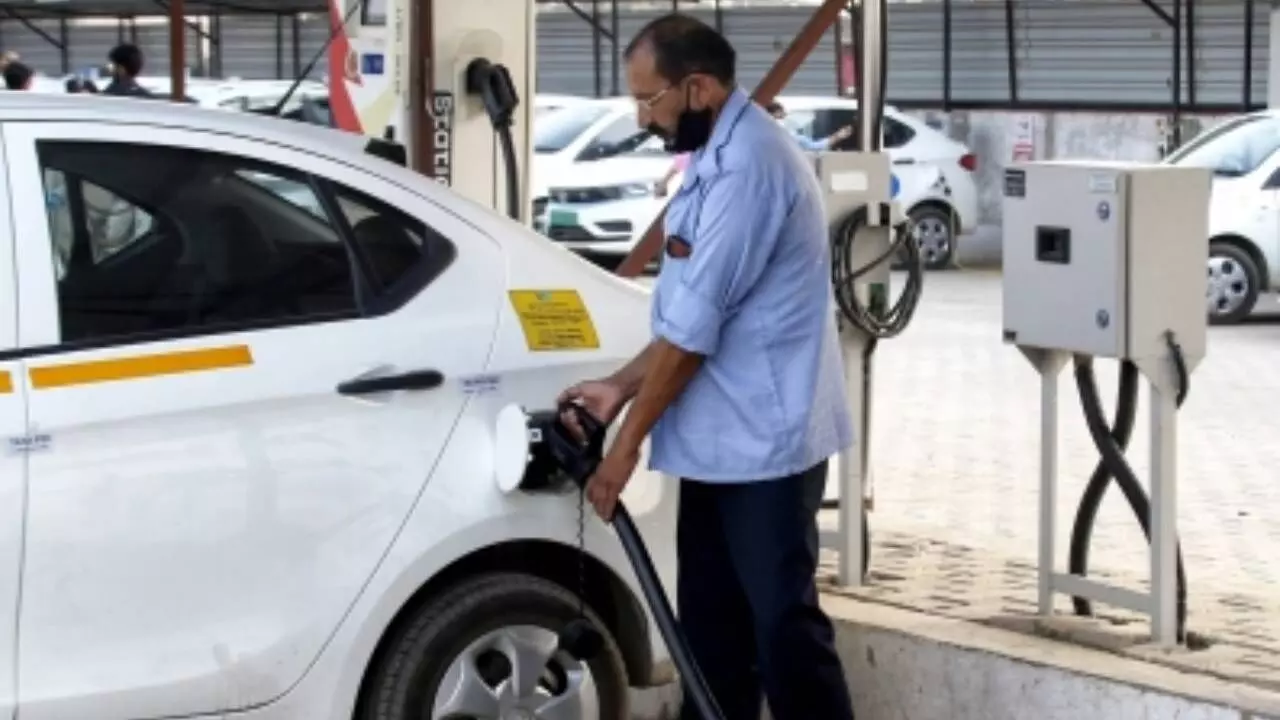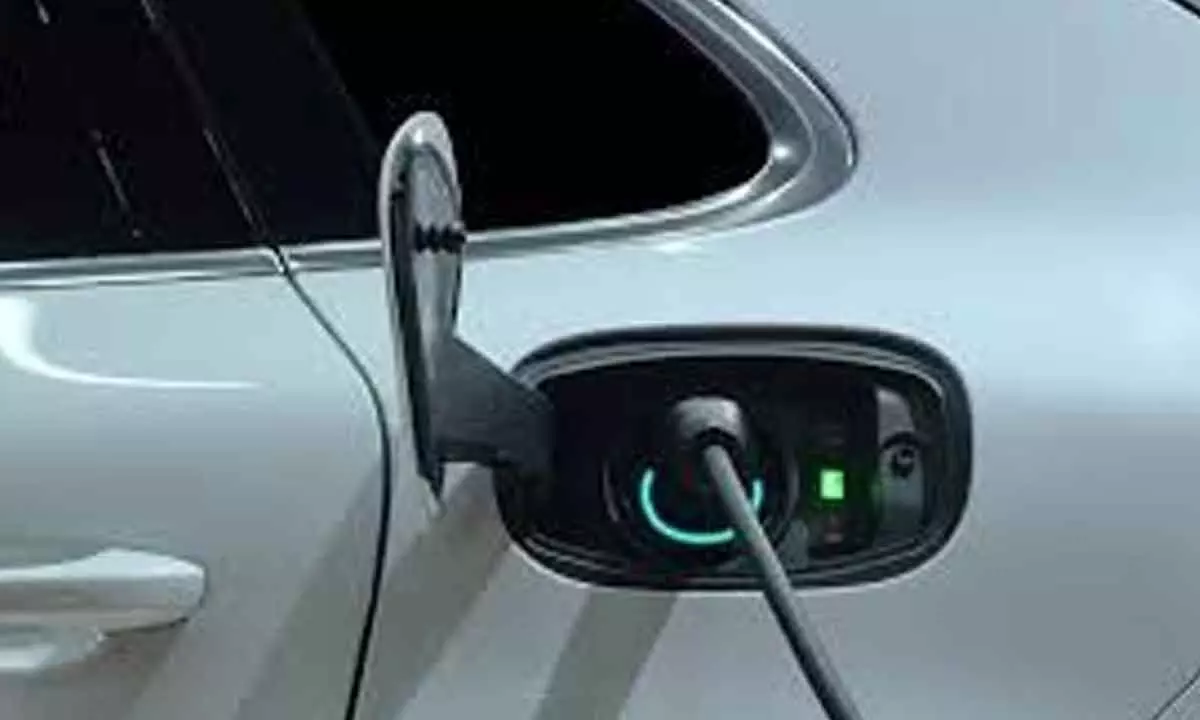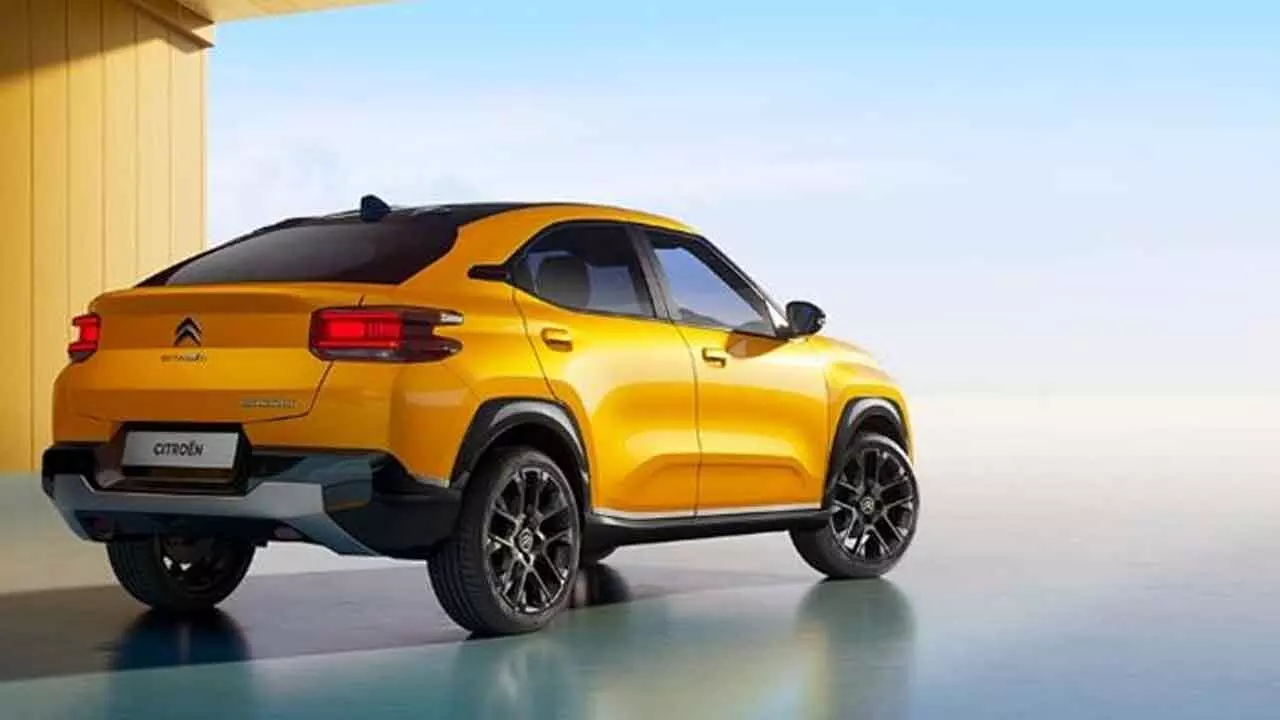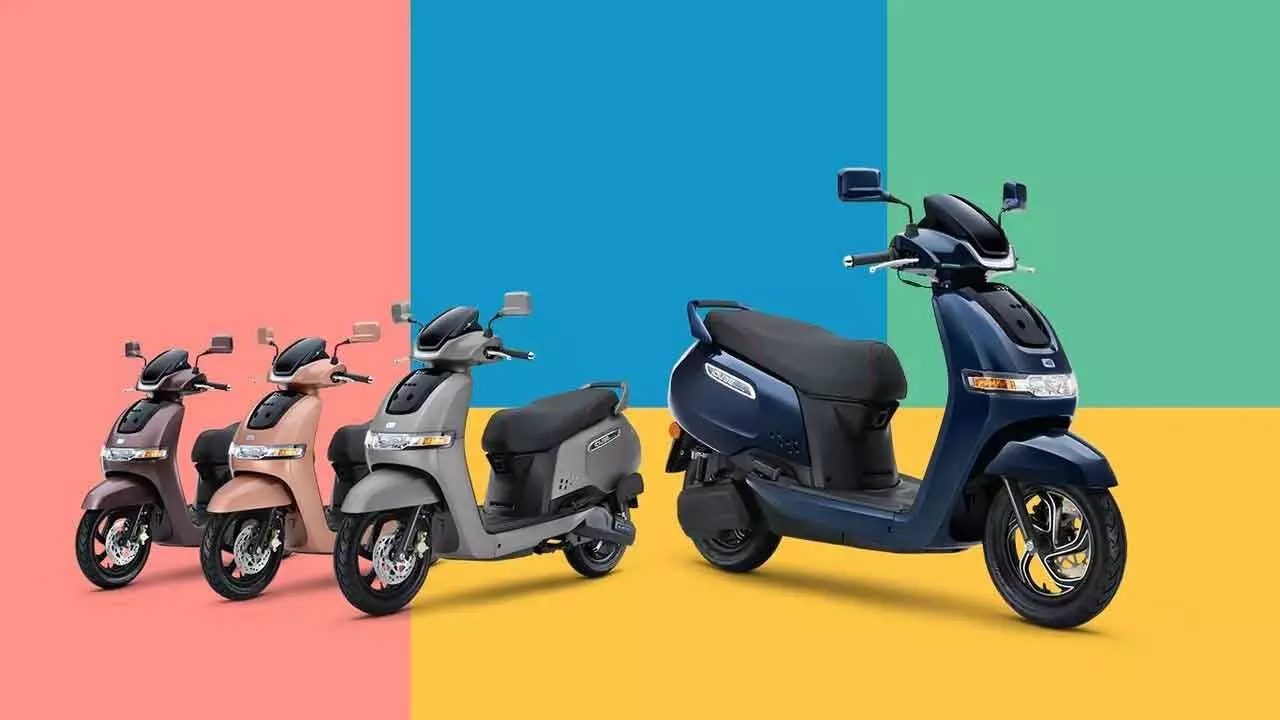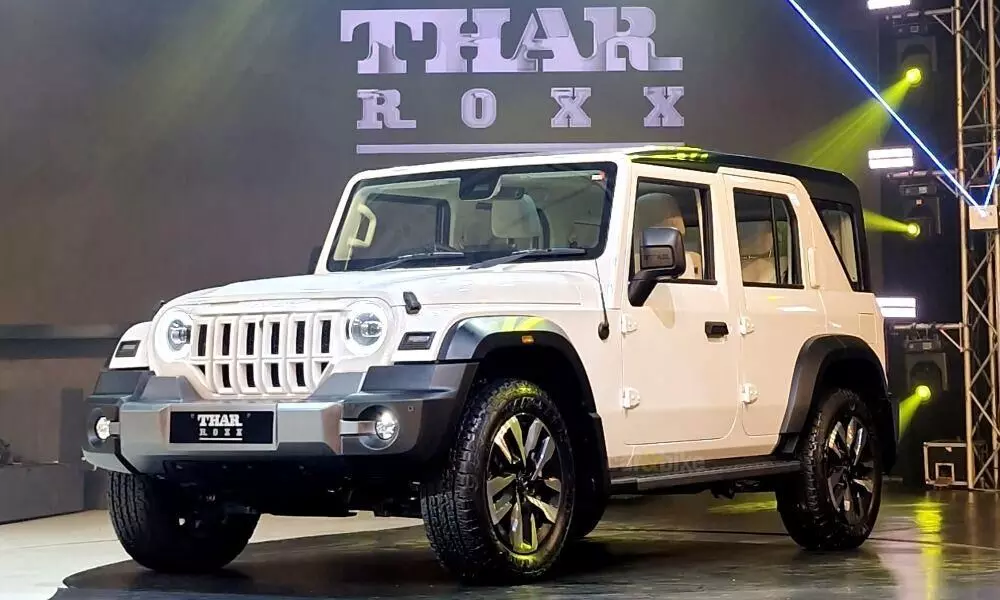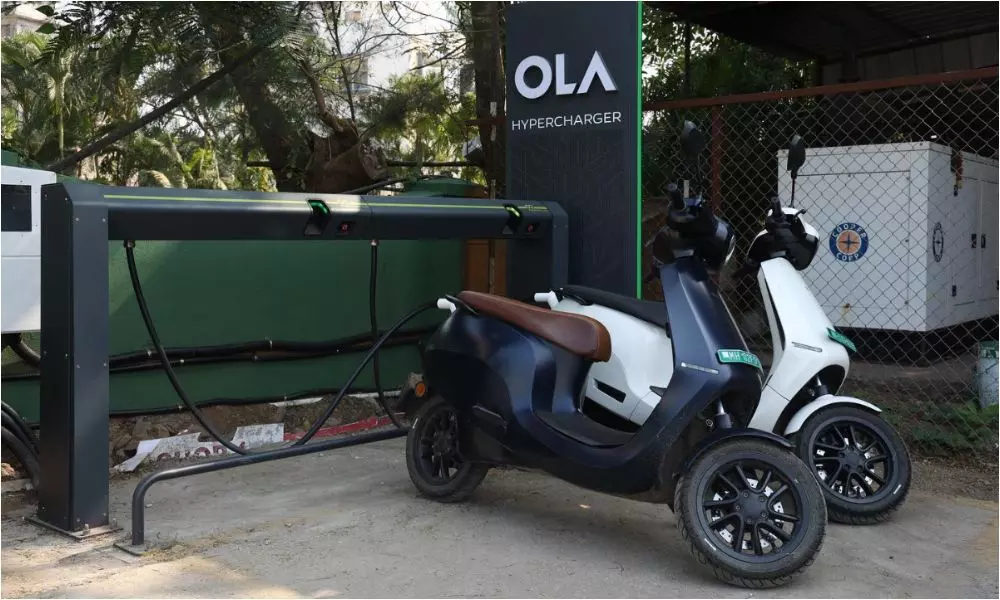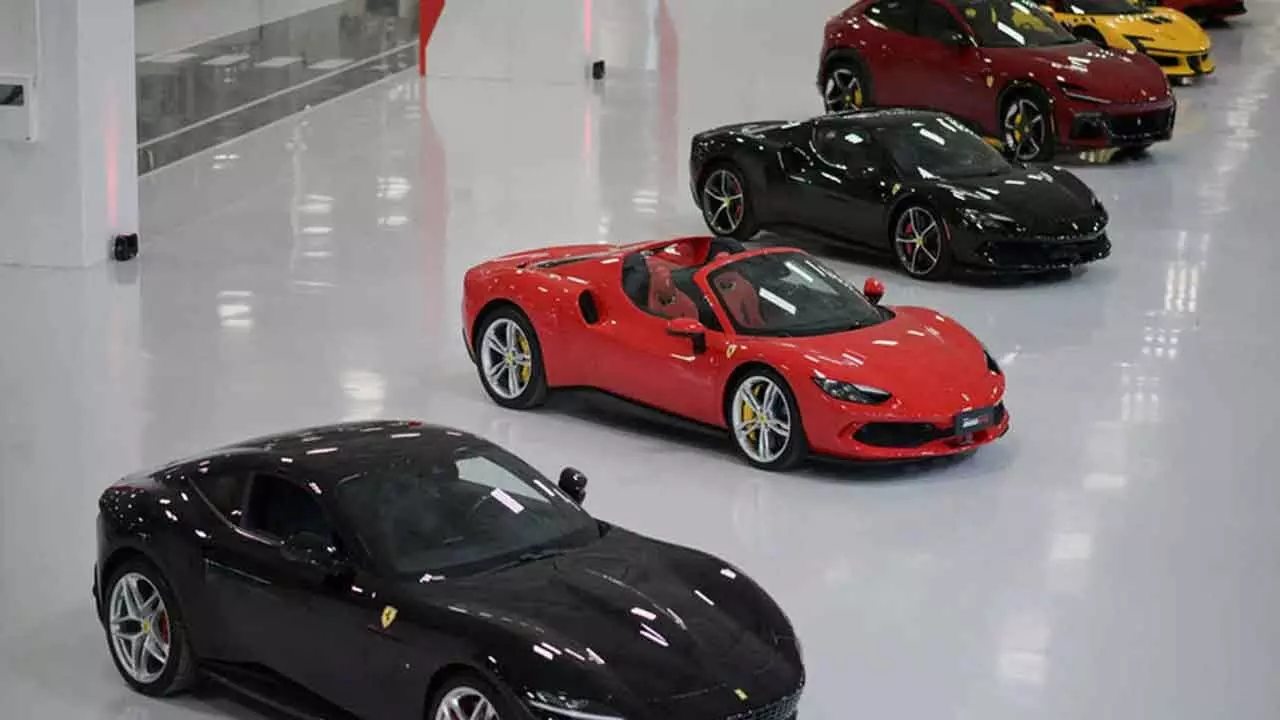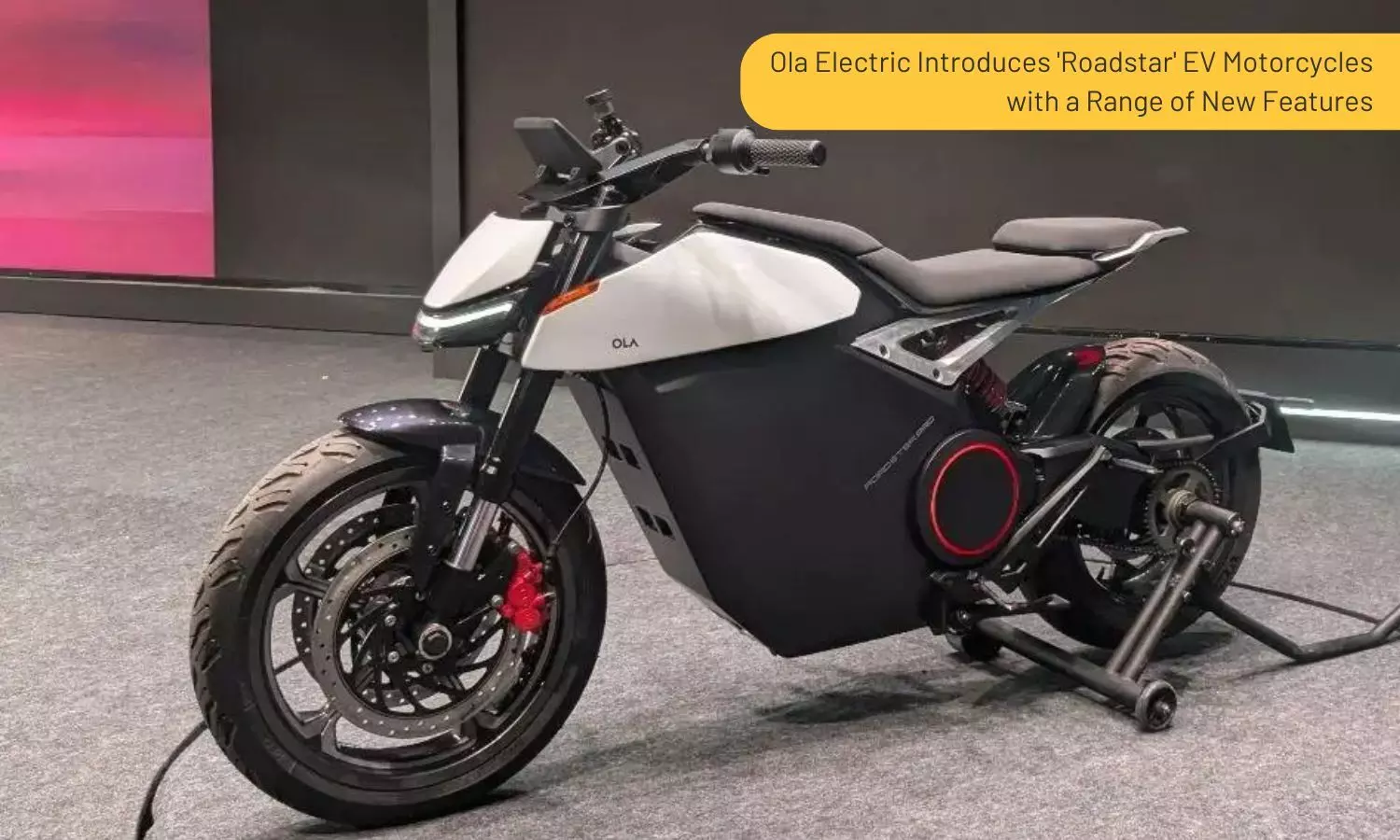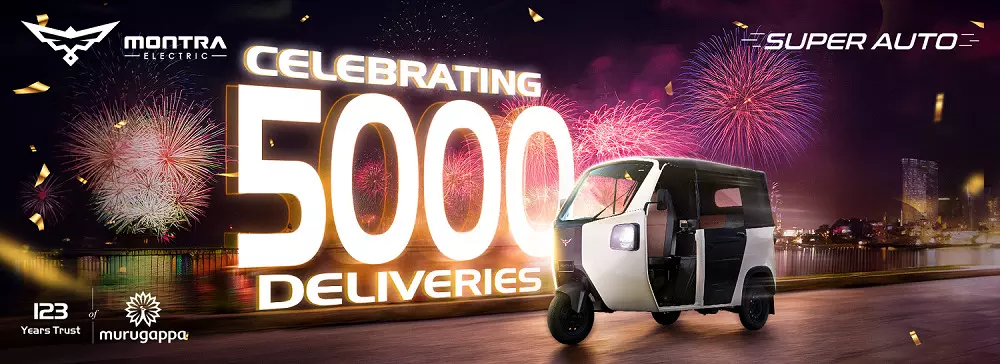
Hyderabad: Montra Electric, the cutting-edge EV brand from the 123-year-old Murugappa Group, has announced the delivery of 5,000th three-wheeler passenger auto (L5M Category) within one year from going on road. This achievement marks a pivotal moment in Montra Electric’s journey, underscoring its firm commitment to innovation, sustainability, and technological advancement, as well as its dedication to forging strong relationships with customers across the nation.
In just one year, Montra Electric has successfully established a strong foothold in the market, delivering 5,000 super autos to customers across 74 markets spanning 17 States. This extraordinary accomplishment is a testament to the brand’s rapid growth and the acceptance of its cutting-edge electric three-wheeler.
Roy Kurian, Business Head of the company said, “We are proud to have achieved this significant milestone of delivering 5,000 super autos within a year of our launch. This achievement is a testament to the company’s dedication to driving the electric mobility revolution in India. We are grateful for the overwhelming support from our valued customers, dealer partners, suppliers and the entire team in the company who made it happen. As we expand our presence and introduce new products, we remain committed to delivering sustainable and efficient transportation solutions to our customers.”
The company is revolutionising last-mile transportation with the super auto. With its differentiated road presence through design, spaciousness and impressive range of 203km (ARAI Certified), the auto did make its mark in the segment. The vehicle also introduced industry-first multi-drive modes for enhanced fuel efficiency and a park assist mode for seamless maneuvering in city traffic.
As the company continues to expand its footprint, the brand is also gearing up to enter the three-wheeler goods segment, further solidifying its position as a leader in the electric vehicle industry.
